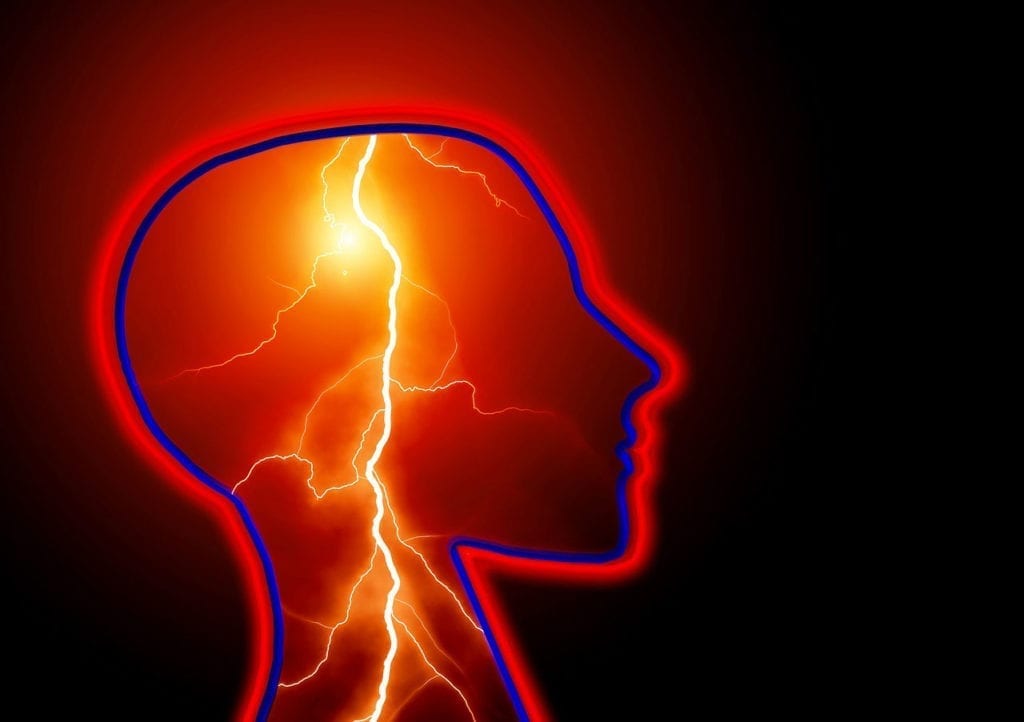As it stands today, there are no cures for CDKL5 deficiency disorder. Treatment is symptomatic and supportive, and includes physical, occupational, and speech therapy. CDKL5 deficiency disorder causes seizures, so individuals with this condition may also be placed on anti-seizure medication. However, it’s important to continue advancing research and identifying potential new therapeutic interventions to improve the lives of those living with CDKL5.
According to the Francis Crick Institute in News Medical, a team of researchers discovered a possible treatment target for CDKL5: a calcium channel called Cav2.3. This calcium channel helps move calcium into nerve cells and stimulate electrical signals; through this process, the nervous system functions the way that it should. If too much calcium enters the cells, however, it can lead to epilepsy.
What the Research Shows
In research published in Nature Communications, the research team showed how they came to this conclusion by evaluating murine (mice) models without CDKL5. To examine Cav2.3, the researchers leveraged phosphoproteomics. Normally, the CDKL5 gene produces an enzyme of the same name that adds phosphate molecules to proteins in the body. When the murine models lacked the enzyme, the calcium channels failed to swiftly close, allowing for too much calcium in the cells.
Further examination uncovered more unique insights. For example, nerve cells from people with CDKL5 showed lower phosphorylation of Cav2.3, similar to the murine models. The research team now believes that Cav2.3 inhibition could potentially reduce the seizures associated with CDKL5 or other forms of epilepsy.
What to Know: CDKL5 Deficiency Disorder
As briefly described above, CDKL5 deficiency disorder results from CDKL5 mutations. This rare developmental epileptic encephalopathy, which primarily affects females, leads to symptoms like severe developmental delays and seizures. In males, developmental delays are often more severe. Currently, an estimated 1,000 people globally have CDKL5 deficiency disorder. Seizures begin in infancy, anywhere between the first week of life to the first three weeks. These seizures may occur daily and are treatment-resistant. Additional symptoms and characteristics of CDKL5 deficiency disorder may include teeth grinding, sleep disruptions, feeding difficulties, delayed gross and fine motor skills, gastrointestinal problems such as constipation or GERD, repetitive hand movements, irregular breathing, scoliosis, microcephaly (an abnormally small head size), and distinctive facial features such as a high, broad forehead and widely spaced teeth.







